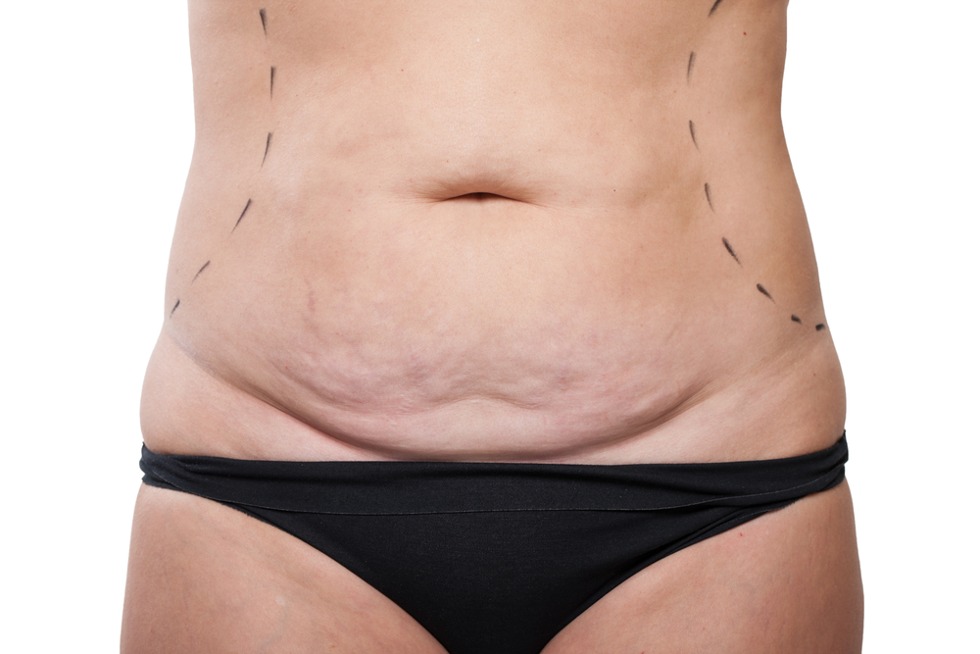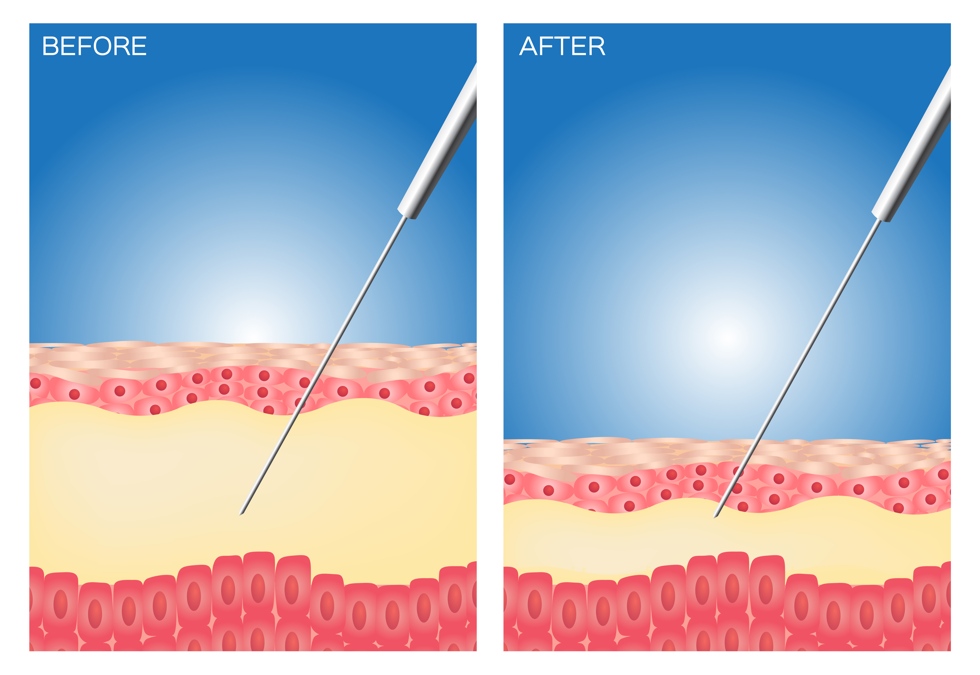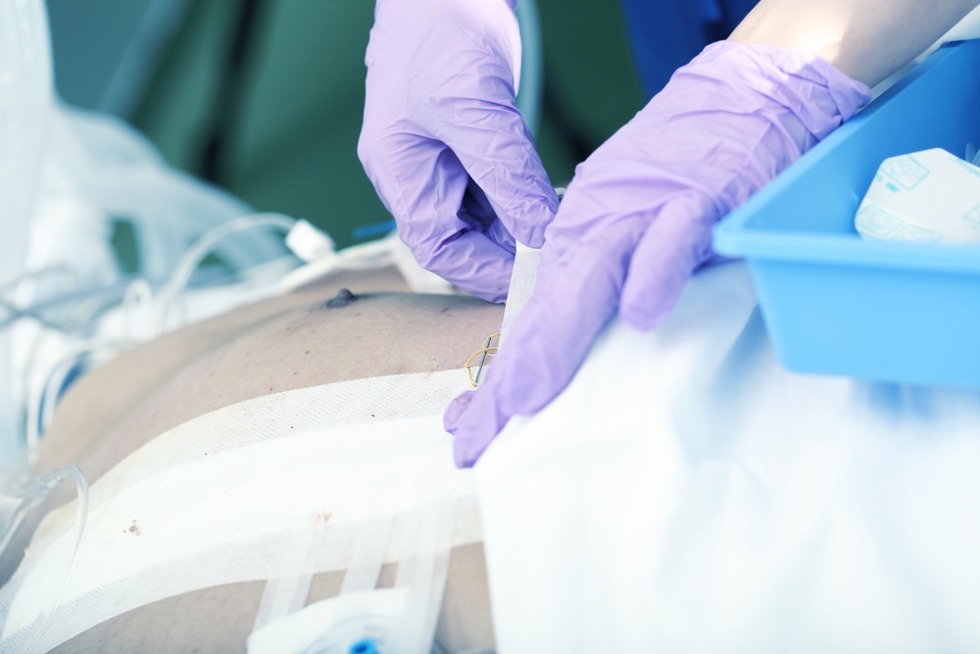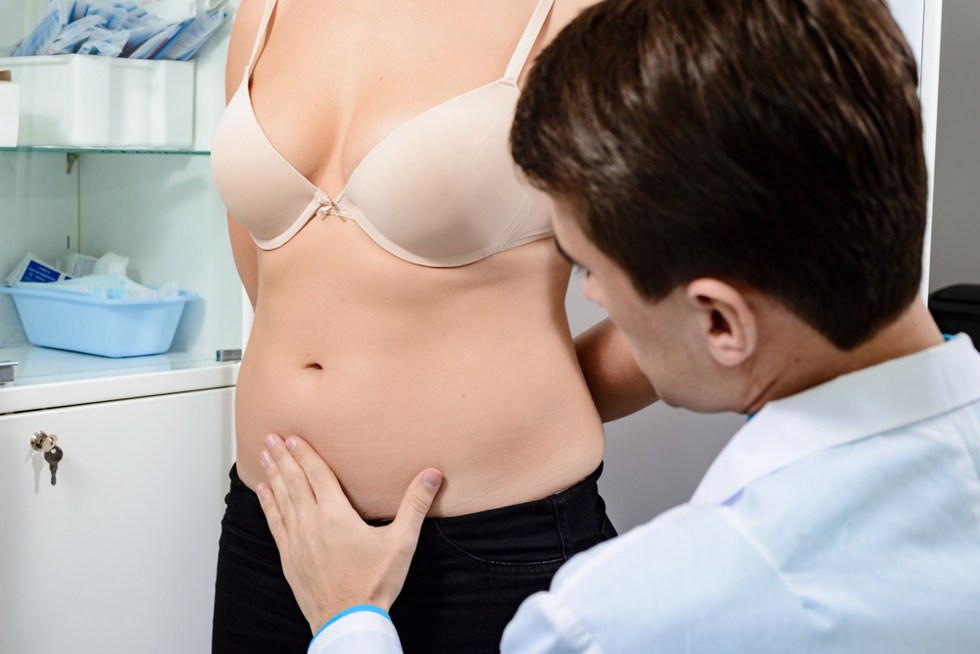Tummy tucks and liposuction have a lot in common. They’re both forms of cosmetic surgery that help you achieve a slimmer, more toned appearance. Both procedures remove fat from the body, but they go about it differently.
Liposuction takes out fat by suctioning it out through small tubes inserted into the skin. The procedure can be used on many areas of the body, but it’s most commonly used to reduce fat on the abdomen, hips, thighs, and buttocks.
Tummy tucks are a little different—they don’t use suction to remove fat from your skin. Instead, they remove excess skin from your abdominal area and tighten up your muscles underneath with stitches or sutures. This helps you achieve a toned look without having to lose any weight first!
Tummy tucks are typically done after pregnancy when there’s too much loose skin left over after losing all those baby pounds. Liposuction can also be done before pregnancy if you want to get rid of excess fat on specific areas before getting pregnant so that you’ll have less loose skin later on down the line (though this isn’t always recommended!).

Photo credit: L Julia / Shutterstock
“Tummy tuck vs Liposuction”
Abdominoplasty – also known as a ‘Tummy Tuck’ – and liposuction are two very similar, but different, surgical procedures. They both aim to change the appearance of your stomach to create a flatter, tighter and smaller look. However, in terms of the procedure, recovery time and risks involved, there are some key differences between the two. Read on to find out more about the difference between a tummy tuck and liposuction and find out which procedure is best for you.
What is the difference between a tummy tuck and liposuction?
Both procedures, performed by plastic surgeons, claim to make your stomach appear flatter, tighter and smaller. But both procedures are different and have differing risks and results. The main difference between the two abdominal procedures are as follows:
- Liposuction removes small fat deposits in the body found on the hips, thighs, bottom or stomach.
- A tummy tuck removes excess fat and skin, which cannot be fixed with diet and exercise.
Who is it for?
The two procedures are aimed at people with similar cosmetic goals, but there are differences in scarring and how evasive it is. These are the main differences between a tummy tuck and liposuction surgery:
- Tummy tuck
In addition to removing excess fat from the abdomen area, a tummy tuck also removes excess skin. When you are pregnant or have had a significant change in weight, it can stretch the skin on and around your abdomen. A tummy tuck procedure can be used to restore the look of a flat and contoured midsection, by bringing the rectus abdominus (sit-up muscles) back together if they’ve been stretched or separated – this is a common occurrence.
 Photo credit: Tefi / Shutterstock
Photo credit: Tefi / Shutterstock
However, this procedure is not for everyone. You may want to reconsider a tummy tuck if:
- you have a BMI over 30
- you are hoping to fall pregnant in the future
- you are actively trying to lose weight
- you have a chronic heart condition
- Liposuction
Once the stomach area is numb, your surgeon will make a number of small incisions around the fat deposits around your stomach. A thin tube will then be inserted under the skin to loosen the fat cells and a medical vacuum will be used to suck out the dislodged fat, creating a flatter stomach as a result.
It is worth noting that this procedure may take several sessions to reach your desired result.
The results
The difference between a tummy tuck and liposuction results are not distinctly clear – they both produce the same outcome: a flatter stomach. However, one is often more long-lasting than the other…
- Tummy tuck
After a tummy tuck, the results are often permanent. The procedure helps to strengthen your abdominal muscles, helping to strengthen your abdominal wall. The excess skin that has been removed won’t return unless your weight fluctuates, or you fall pregnant.
- Liposuction
People who have liposuction on their abdomen will expect to see a flatter and proportioned midsection after recovery. These results are said to be permanent, however if you gain weight in the future, fat will reaccumulate in your body, although not always in the areas that were suctioned.

Photo credit: gritsalak karalak / Shutterstock
Possible complications
As with any kind of surgery, there are possible side effects and complications that you should be aware of. The difference between a tummy tuck and liposuction are as follows:
- Tummy tuck
Tummy tuck procedures have been shown to carry more complication risks than other cosmetic procedures. According to one particular study, wound complications and infections were among the most common reasons for patients to be readmitted to hospital. Other possible risks include:
- Changes in sensation
- Fluid accumulation
- Tissue necrosis
- Liposuction
Understandably, the risk of complication increases if your surgeon is operating on a large area of your stomach. Some of the possible risks include:
- Numbness
- Contour irregularities
- Fluid accumulation
In addition, there are some other risks which can occur, however these are extremely rare. These include, infection, an internal organ puncture or a fat embolism.

Photo credit: sfam_photo / Shutterstock
The recovery
The recovery time differs between a tummy tuck and liposuction. The main stages of recovery are as follows:
- Tummy tuck
When you wake up from the surgery, the incision will be covered in surgical dressing. You will have to go back to your surgeon several times to get this changed. Your surgeon will give you a pressure garment.
Within one day, you should be up and walking with a helping hand, to prevent blood clots. It is likely that you will be taking prescription painkillers and antibiotics to ease any discomfort and reduce the risk of infection. You may also have a surgical drain for up to two weeks.
It takes six weeks for the initial recovery phase of a tummy tuck to pass, and you will have several follow-up appointments along the way to check the incision is healing well. During this time, you should avoid any activity which may pull or place too much tension on the incision. It goes without saying, you should also avoid any strenuous physical activity or exercise during the recovery period, until your doctor allows you to.
- Liposuction
Your recovery process will depend on how many areas were operated on and whether additional liposuction sessions are needed.
After the procedure, your surgeon may recommend that you wear a pressure garment over your stomach, to aid swelling and help your skin heal.
Liposuction is only an outpatient procedure, which means that you can continue regular activity fairly quickly, within 48 hours of the procedure. Despite this, you should avoid lifting anything heavy or taking part in extensive cardio until your doctor has given their approval.

Photo credit: Makalish Andrey / Shutterstock
Things to consider
If you’re thinking of going ahead, just like other cosmetic procedures, a tummy tuck is not a decision that should be taken lightly. Make sure you have carried out thorough research of the procedure, including the cost and any side effects that may occur. It is important to take time to reflect on your decision before going ahead, as it is a major surgical procedure that requires weeks to heal, to patients should take this into account as it will affect working – particularly if you have an active job.
A tummy tuck is a surgical procedure that removes excess skin and fat from the abdomen, waistline, and back. Liposuction is a minimally-invasive procedure that removes fat through small incisions on the body.
Liposuction can be performed alone or in combination with other procedures such as breast augmentation or facial rejuvenation. Tummy tucks are typically performed as an outpatient surgery under general anesthesia and take between two to four hours to complete depending on the extent of the procedure.
Lipo Without Tummy Tuck Before And After


